Why The Mercedes S500 Plug-In Hybrid Is Exquisite For Passengers But Will Leave Drivers Frustrated
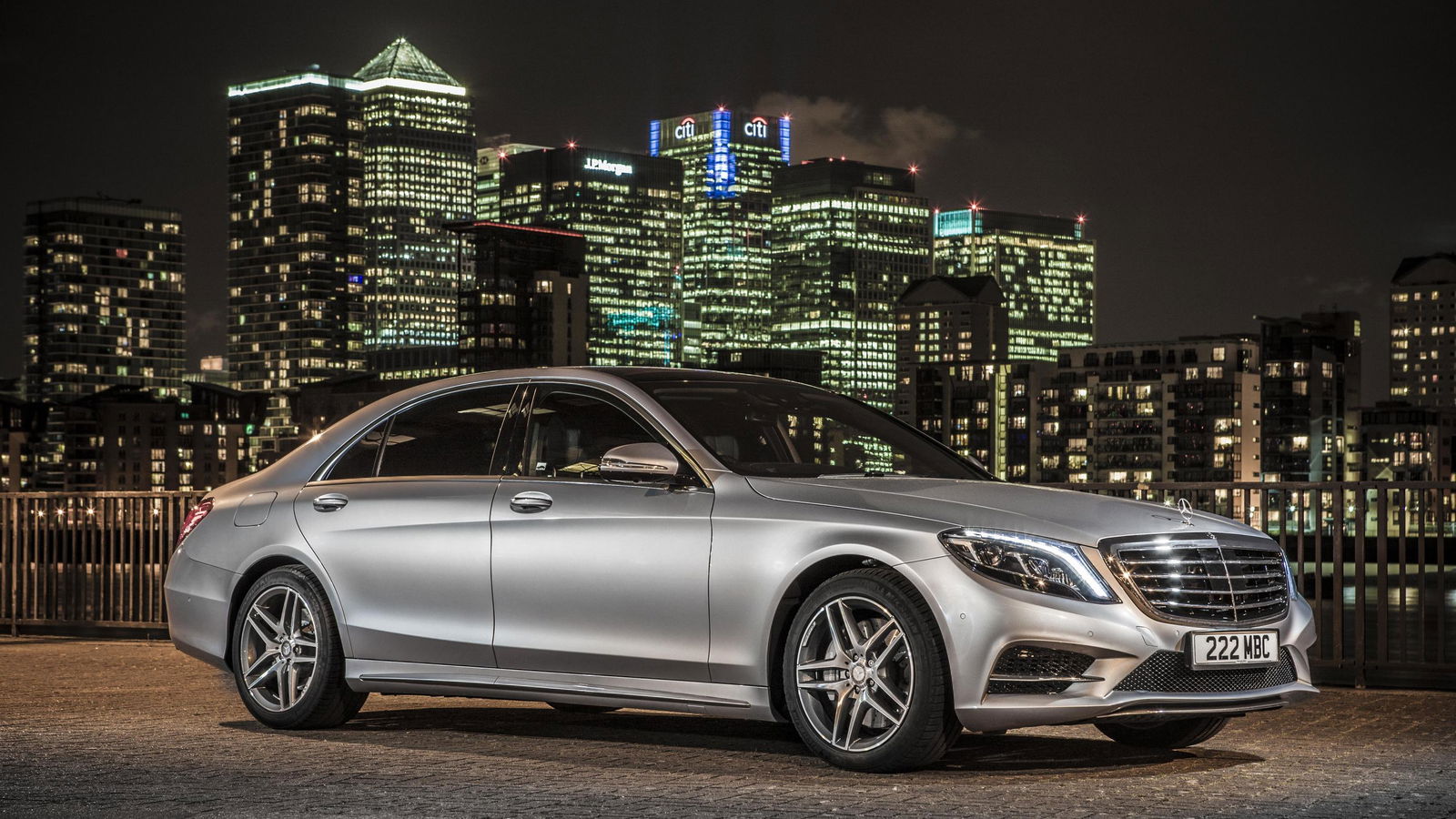
The S-Class is one of Merc’s most important cars. Petrolheads might lust after AMG-ified super saloons and the 911-fighting AMG GT, but it is the S that sets standards for technology we’ll take for granted in the future. It is a luxury barge for people with rich tastes, who pay someone to drive them around while they bash out business deals in the back.
On the face of it, it’s an excellent choice for chauffeurs and their bosses. The company car tax for this model is hugely favourable, fuel economy is improved further reducing costs, and if you’re cruising around central London regularly you’ll save buckets of cash on the congestion charge.
Dropping into the driver’s seat is like entering another world. The seat is more like a sofa, your bottom softly sinking into the leather cushion. Thumb the starter button and you’re greeted by silence, the ludicrously wide TFT screen glowing into life and displaying all the relevant dials, charge states and entertainment menus.
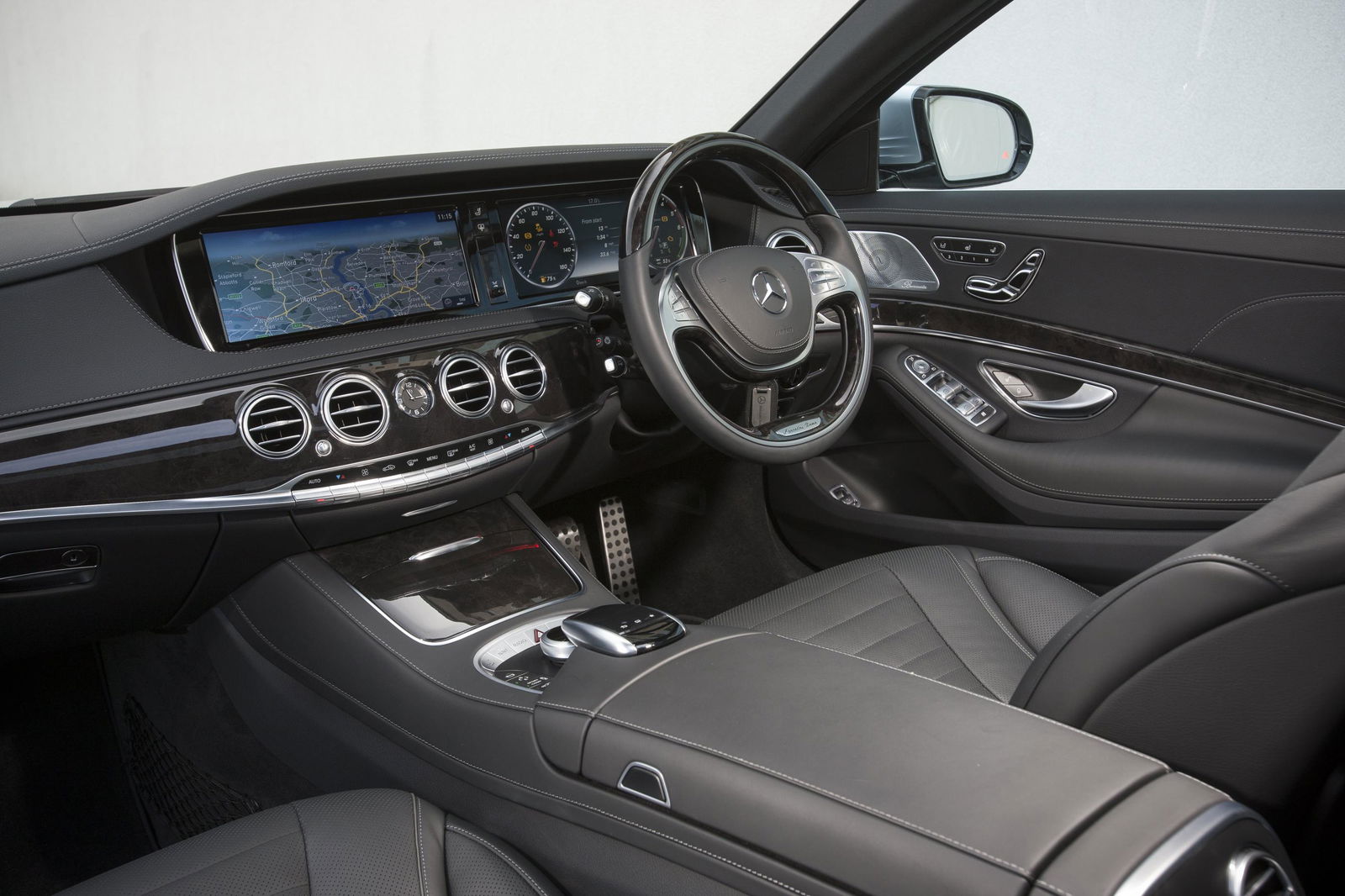
Taking in your surroundings takes a while. The standard car costs a touch under £90,000, but our fully-specced version will set you back an eye-watering £111,265. As standard you get LED headlights that adapt to the road ahead of you, infrared-reflecting, noise-cancelling glass and a multitude of passenger and pedestrian safety gizmos (to name approximately 0.3 per cent of standard equipment).
Some of the options on our car included a 360-degree camera that uses exterior cameras to display a bird’s eye view around the car (£880), electronic panoramic glass roof (£1430) and a Rear Executive Package, which includes rear door closing aids, luxury headrests and blinds (£3510).
Notch the gear selector into ‘Drive,’ place your foot on the accelerator and glide forward. In the Audi A3 e-tron I drove recently, the electric motor had a delightful whizz as you accelerated. In the S-Class there’s not a peep. Nada. Nothing. It’s actually quite bizarre, but perfectly in-keeping with the feeling that being a passenger in the S should be your priority.
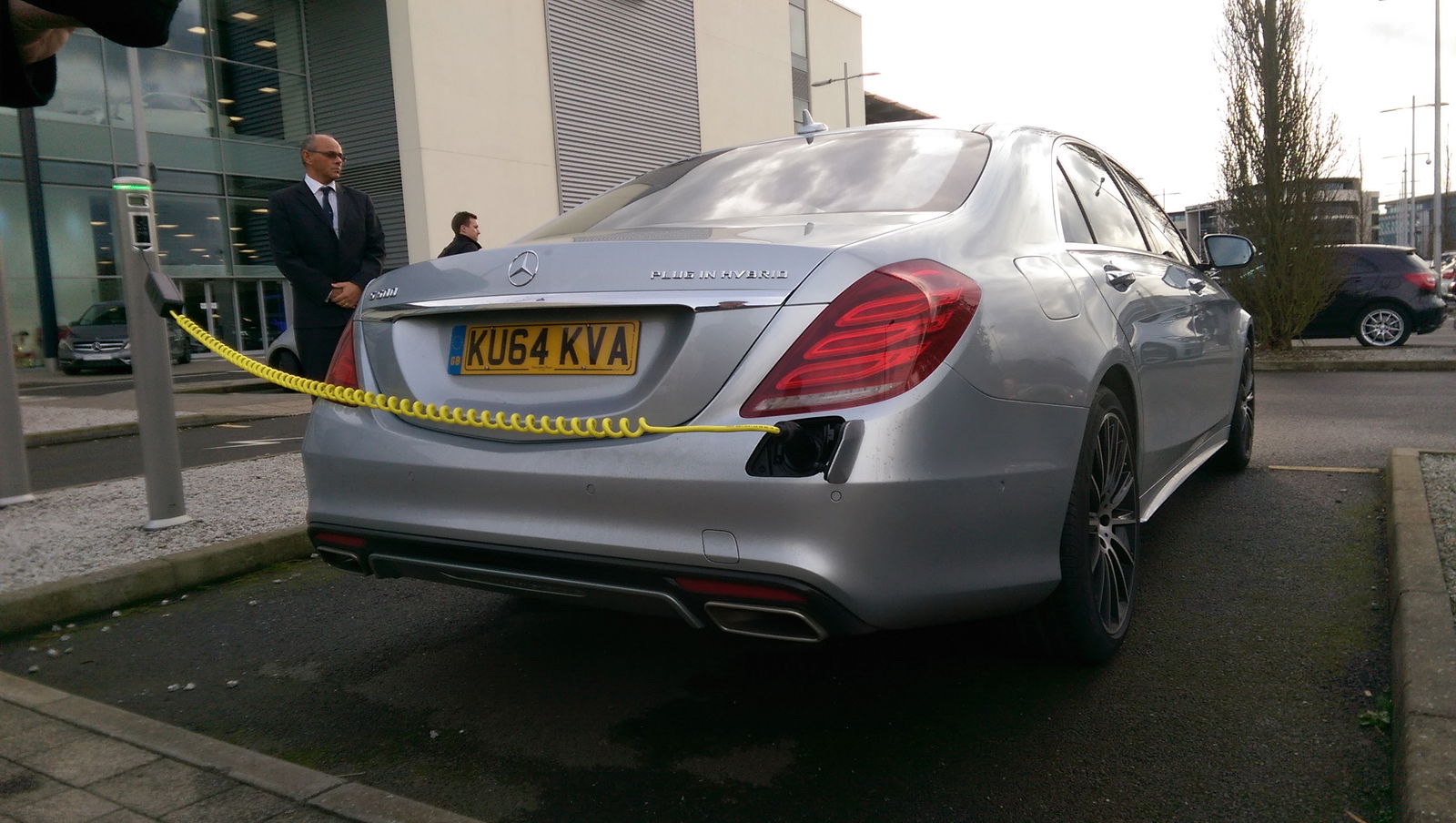
As we slotted into rush hour traffic, my excitement at all the gizmos was quickly put aside, as the electric motor’s weird power delivery began to frustrate. The internal combustion engine is a 328bhp twin-turbo petrol V6, and once it kicks in, power surges nicely. But the electric motor is a weedy 114bhp unit, and in a car this size it’s positively pathetic.
There is a small bar on the vast screen that indicates how much power you have left in the motor, and when it maxes out the V6 kicks in. Unfortunately the transition is rather lethargic, and more than once I found myself planting my foot while the bar was indicating minimal electrical energy in reserve and literally nothing happened for a second or two.
Once out on the motorway everything comes together, though. The frustrations of the electric motor long forgotten, and you’re left to waft along in serene comfort. If you’re running a business, the cash savings could be huge. And if you’re a passenger, cruising around in electric mode with your seat fully reclined would be bliss. Just don’t expect your driver to be stress free in traffic.
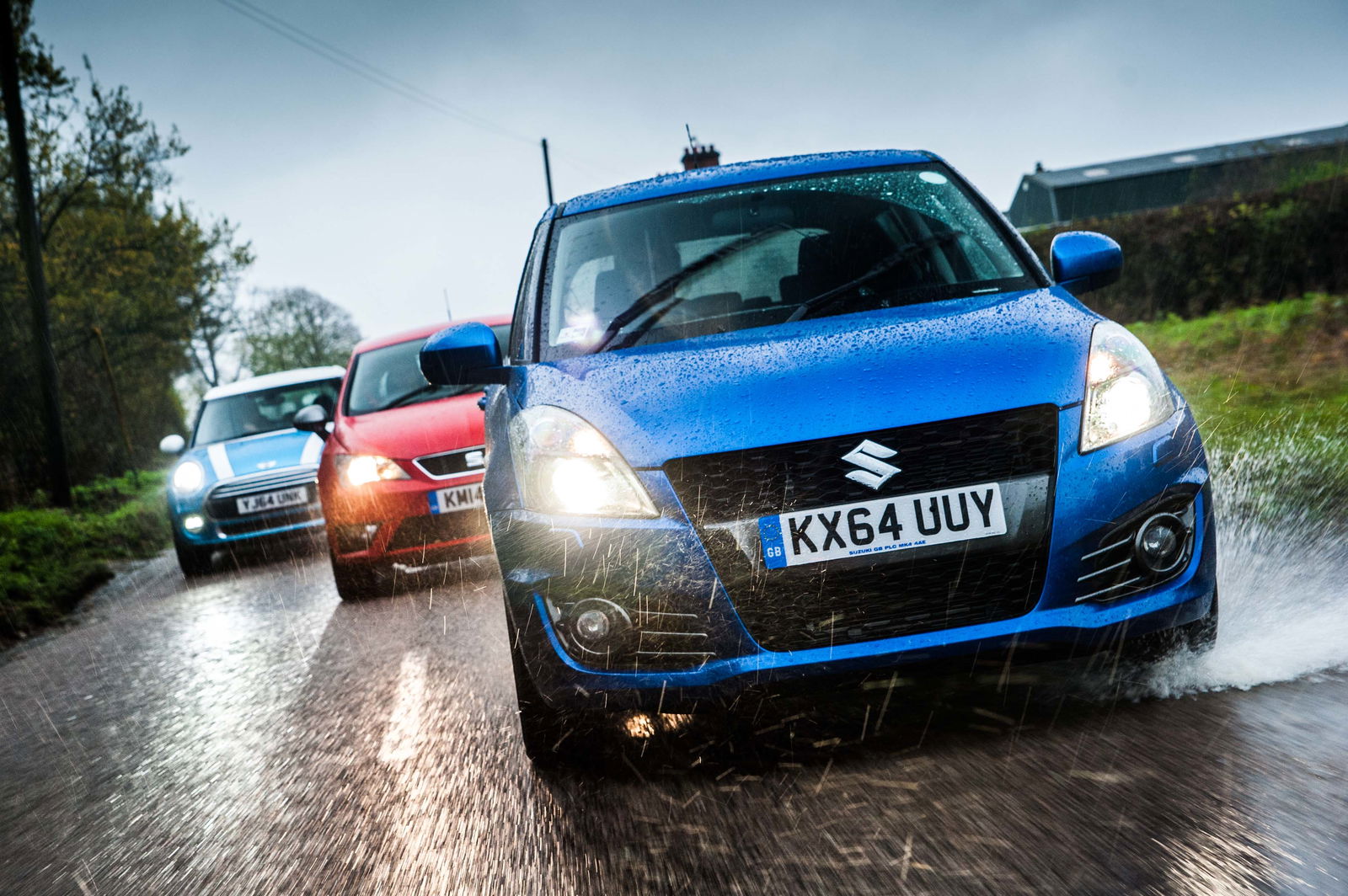
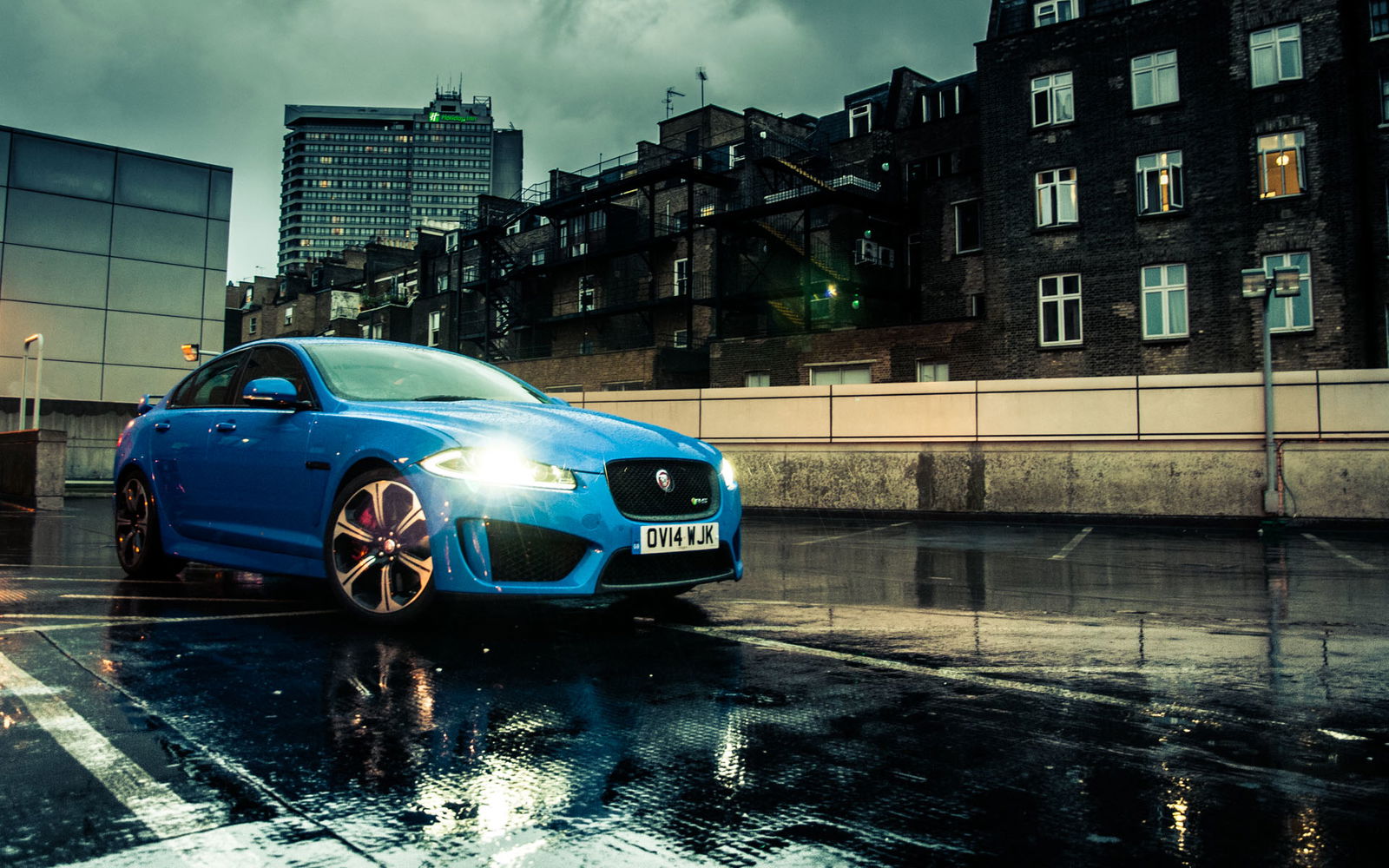
Comments